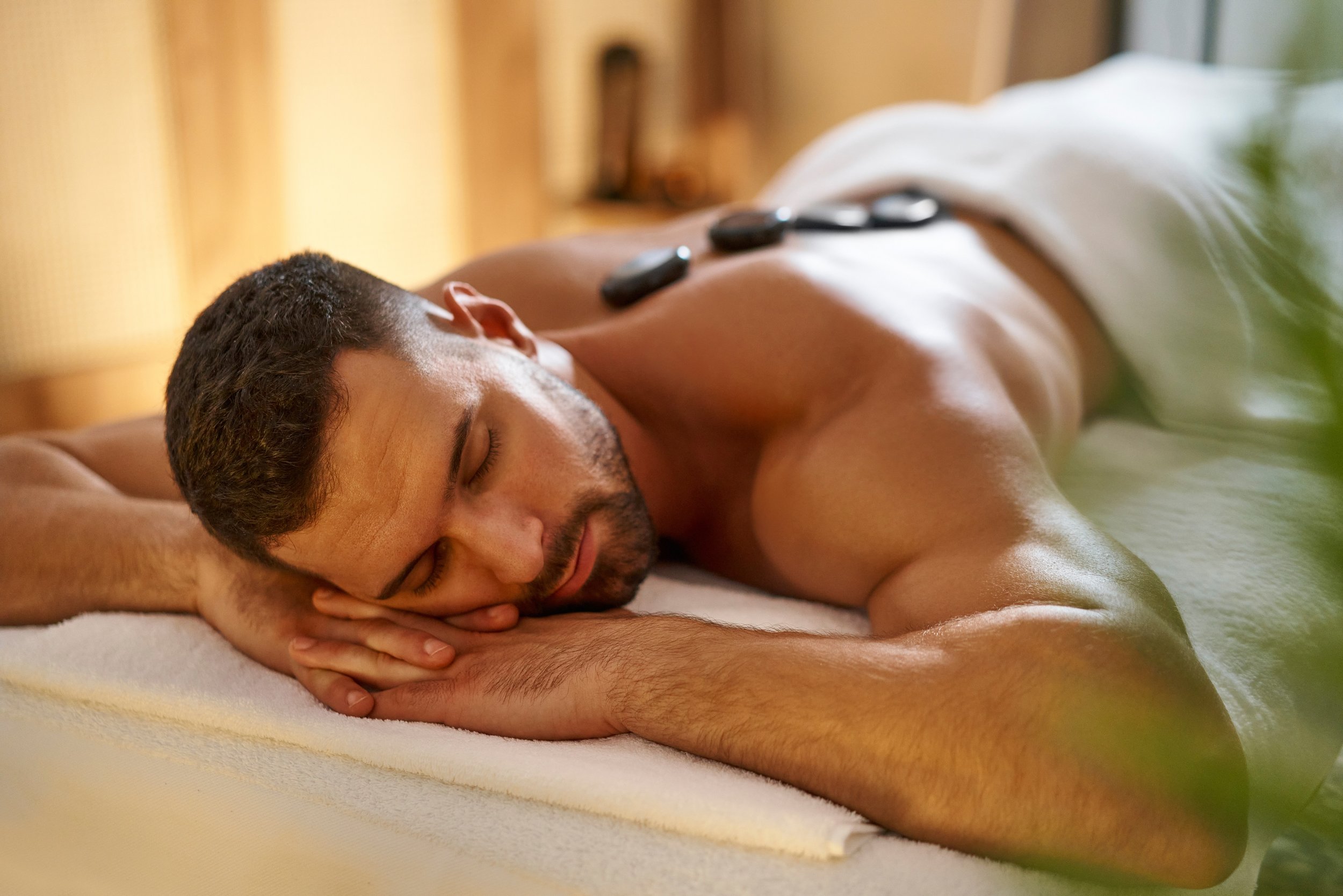
n the realm of natural medicine and holistic recovery, reflexology stands out as a progressively popular and remarkable method. This old healing method, based upon the principle that details points on the hands, ears, and feet represent various body parts and body organs, has been mesmerizing both experts and patients alike for centuries.
Revealing 秋葉原 of Reflexology Reflexology is greater than simply a foot massage; it’s a systematic method that applies stress to certain factors to advertise recovery and balance throughout the body. The underlying theory recommends that these pressure factors are linked to numerous body organs and body systems via energy networks. By promoting these factors, reflexologists intend to clear clogs, boost flow, and bring back the body’s natural stability.
– Leonardo da Vinci The Historical Tapestry of Reflexology While the modern-day practice of reflexology was established in the 20th century, its roots can be traced back to old civilizations. Standard Chinese medication has actually long recognized the interconnectedness of body components, affecting the advancement of reflexology as we know it today.
In the very early 1900s, Dr. William Fitzgerald introduced the concept of “zone therapy” to the Western world, which later evolved into modern-day reflexology with the work of Eunice Ingham in the 1930s. Ingham, typically referred to as the “mommy of reflexology,” mapped the whole body onto the feet, producing the foundation for contemporary reflexology practices.
The Science Behind the Practice While skeptics might examine the scientific basis of reflexology, supporters argue that its benefits are rooted in the body’s neurological and power systems. The application of stress is thought to stimulate the nerve system, promoting relaxation and decreasing anxiety. Some scientists suggest that reflexology may trigger the launch of endorphins, the body’s all-natural pain-relieving and mood-enhancing chemicals.
Prospective Benefits and Applications Advocates of reflexology claim a large range of advantages, including:
Stress reduction and relaxation Improved circulation Pain monitoring, especially for headaches and back discomfort Enhanced sleep high quality Boosted body immune system function Alleviation of digestive system problems Support for hormonal equilibrium While clinical research on reflexology is continuous, numerous people report substantial enhancements in their general well-being after getting therapies. It’s crucial to note that reflexology is normally thought about a corresponding therapy and needs to not change traditional medical care.
The Reflexology Experience A typical reflexology session lasts in between 30 to 60 mins. The practitioner starts by analyzing the client’s health and wellness history and existing problems. The client then eliminates their footwear and socks and rests conveniently or rests. Utilizing their hands, fingers, and thumbs, the reflexologist applies differing levels of pressure to specific points on the feet, hands, or ears.
Many individuals define the experience as deeply loosening up, commonly reporting a feeling of heat or tingling sensations throughout their body during the session. Some might also drop off to sleep, stiring up feeling refreshed and rejuvenated.
Integrating Reflexology into Modern Wellness As the world increasingly embraces all natural methods to health and health, reflexology has actually located its area in health clubs, wellness facilities, and even some medical centers. It’s usually used together with various other treatments such as massage, acupuncture, and aromatherapy to develop extensive wellness experiences.
For those curious about discovering reflexology in your home, there are numerous self-help techniques and tools readily available. From simple foot rollers to in-depth reflexology charts, people can learn to use standard principles of reflexology to enhance their everyday health routines.
The Future of Reflexology As research study in the area of complementary and different medication continues to develop, reflexology might obtain further recognition in the clinical area. Recurring studies are exploring its potential applications in different health and wellness conditions, from stress and anxiety and anxiety to cancer treatment assistance.
“The feet are the mirror of the body.” – Eunice Ingham Whether deemed a clinical technique to healing or a holistic art type, reflexology supplies an unique point of view on the body’s interconnectedness. As more individuals look for all-natural and non-invasive ways to sustain their wellness, this ancient technique remains to discover relevance in our contemporary globe, welcoming us to check out the recovery possibility that lies at our fingertips– or rather, at our feet.
Revealing the Essence of Reflexology Reflexology is extra than just a foot massage therapy; it’s a systematic method that uses pressure to specific points to advertise recovery and equilibrium throughout the body. – Leonardo da Vinci The Historical Tapestry of Reflexology While the modern-day method of reflexology was created in the 20th century, its origins can be traced back to old people. The Science Behind the Practice While doubters might examine the clinical basis of reflexology, supporters suggest that its benefits are rooted in the body’s neurological and energy systems. The Reflexology Experience A common reflexology session lasts in between 30 to 60 mins. – Eunice Ingham Whether watched as a scientific strategy to recovery or a holistic art kind, reflexology provides an unique perspective on the body’s interconnectedness.